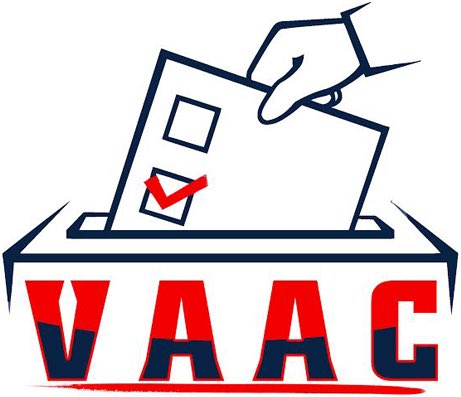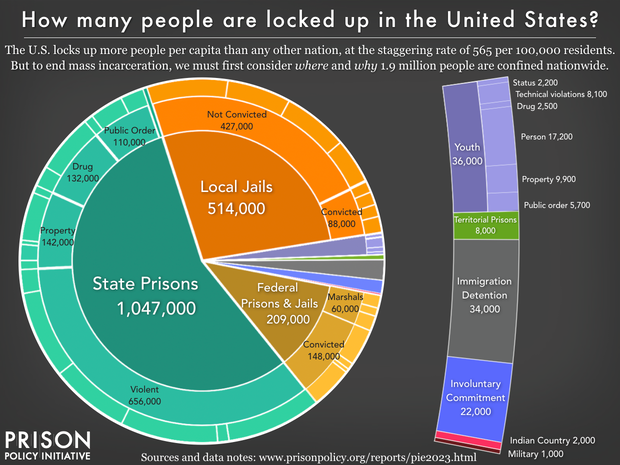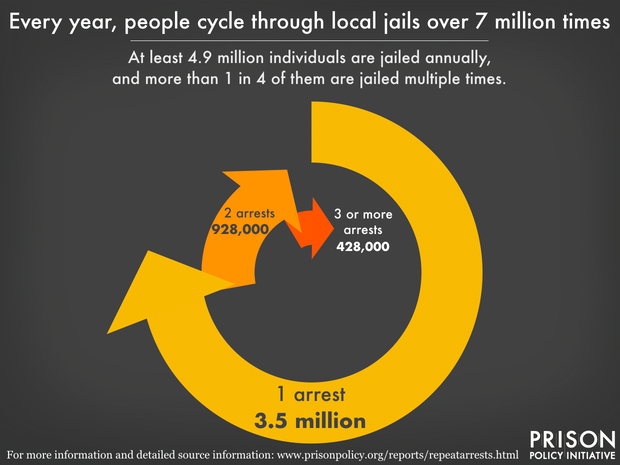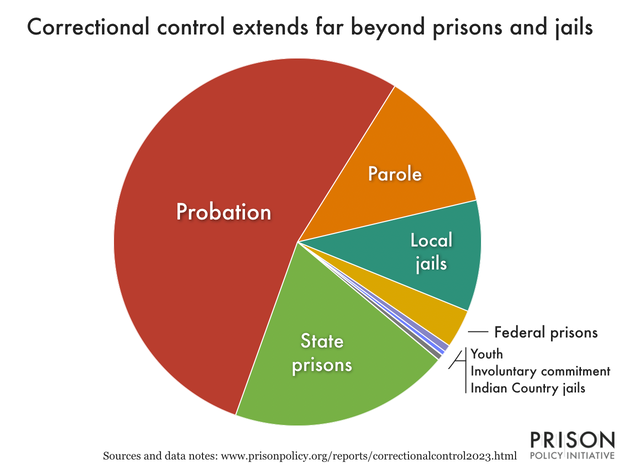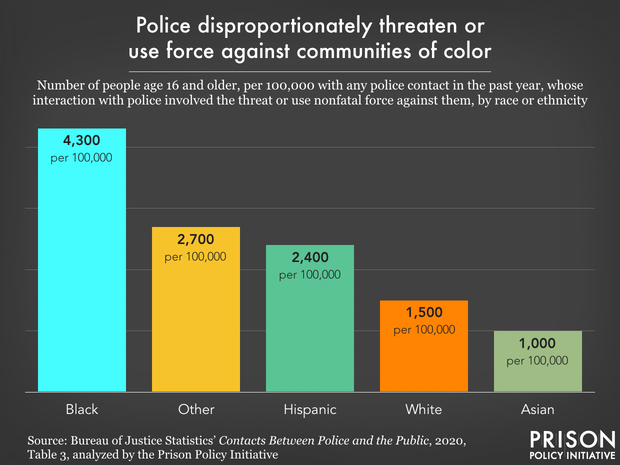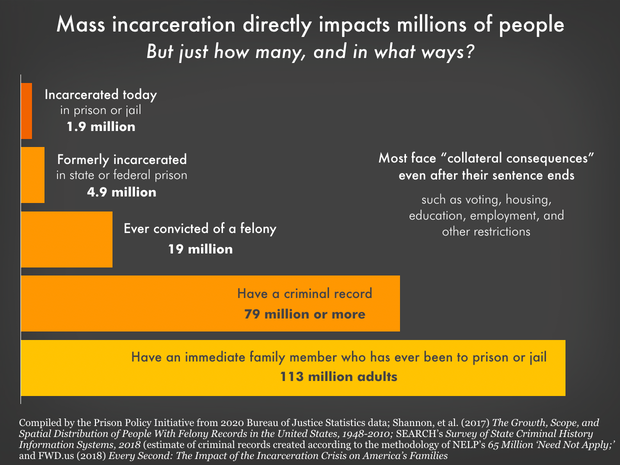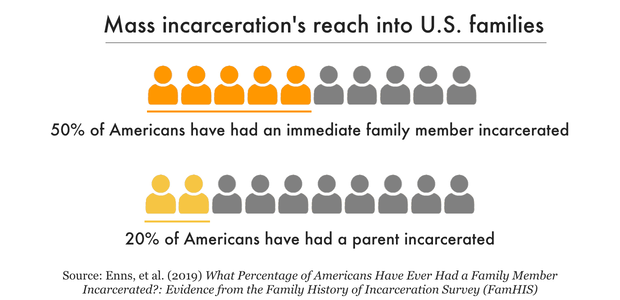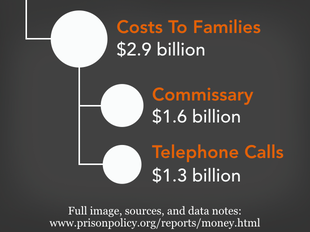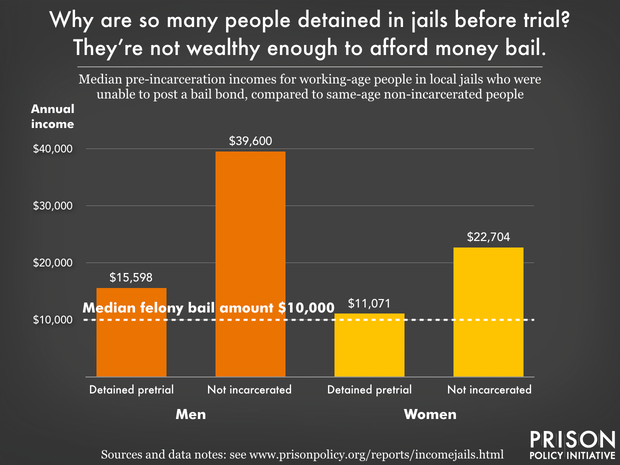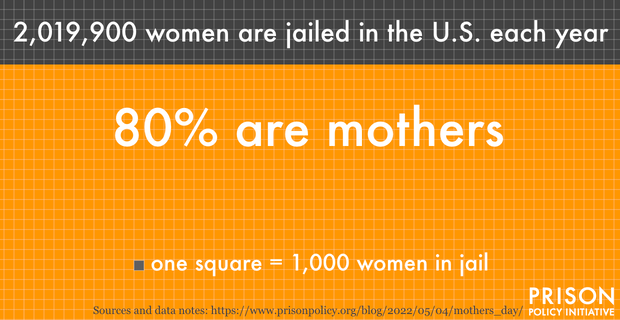This article was originally published by Prison Policy Initiative as “Ten statistics about the scale and impact of mass incarceration in the U.S.,” authored by Emily Widra
The United States’ reliance on incarceration outpaces most of the globe: every single state incarcerates more people per capita than virtually any independent democracy on Earth. But the sheer magnitude and impact of a system so large can be hard to fully comprehend. We looked back over some of the best criminal legal system research and chose these ten statistics as some of the most handy for advocates, policymakers, and journalists working to help the public appreciate just how far-reaching mass incarceration is in this country.
A note on our sources: All of the following statistics come from different sources and have been calculated using different methodologies, and are not necessarily compatible with one another. In addition, some of these statistics have been calculated by the Prison Policy Initiative, while others are from academic research and other organizations’ work in the field.
Footnotes
- Calculated from SEARCH’s Survey of State Criminal History Information Systems, 2018 according to the methodology of NELP’s 65 Million “Need Not Apply” report from 2011. ↩
This article was originally published by Prison Policy Initiative as “Ten statistics about the scale and impact of mass incarceration in the U.S.,” authored by Emily Widra
